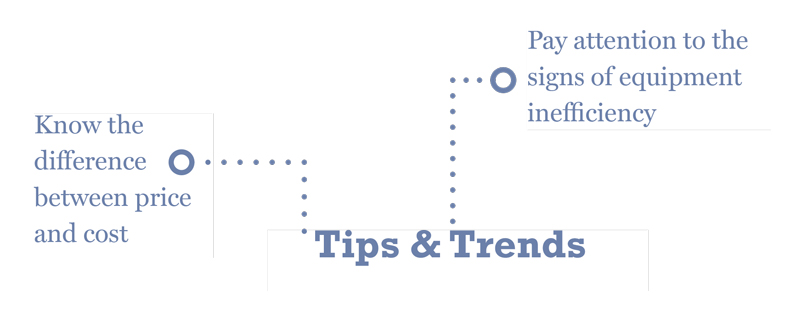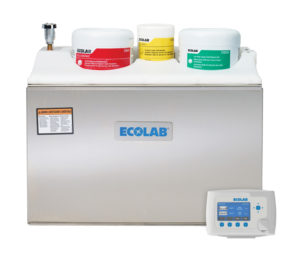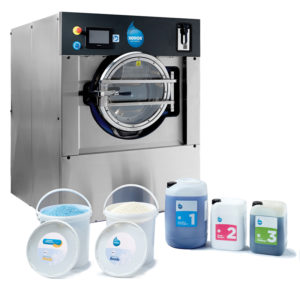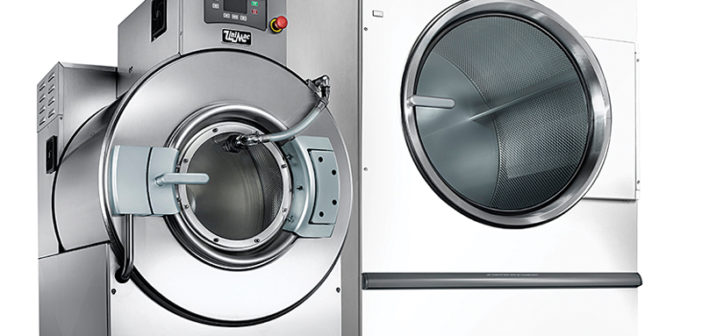 When travelers research what hotel to stay at on a trip, things like price, amenities and location are all factors in their decision. But nowadays, with travel review sites and the hundreds of opinions out there, any black mark can affect a hotel’s ability to drive bookings—and no property wants reviews that complain about lackluster sheets and towels.
When travelers research what hotel to stay at on a trip, things like price, amenities and location are all factors in their decision. But nowadays, with travel review sites and the hundreds of opinions out there, any black mark can affect a hotel’s ability to drive bookings—and no property wants reviews that complain about lackluster sheets and towels.
“If your laundry staff is turning out poor finished-quality sheets and towels, it is anything but ‘back of the house,’” said Craig Dakauskas, president of CLEC, a Gulf Breeze, FL-based distributor. “Nothing ruins a guest’s stay faster than stained linens or towels with a coarse feel against the skin and chemical smell. In the day and age of online reviews, anything that doesn’t contribute to a great stay detracts from it. As such, hotel reviews will suffer from poor linen quality. The laundry and linen quality are important components.”

The Aquanomic 2.0 Low-Temp Solid Laundry Program from EcoLab uses low temperatures to help customers save on water and energy costs, and can reduce linen replacement by 20%, according to the company.
The right equipment can make a big difference in that quality, and it’s important to know the signs when your current equipment is not up to the job. “The best way to determine the right time to replace equipment is to monitor the annual cost for equipment repair,” said Tom Mara, president of Victor Kramer Company, a laundry consulting firm. “Conventional washing, ironing and drying equipment, assuming proper preventive maintenance and repairs, should expect 30,000 to 40,000 hours of operation (or 15 years when operated on a single-shift basis and a seven-day per week schedule). If any unit needs higher repair costs or frequently breaks down, it is logical to assume it has not been properly maintained. It is important that washer and dryer be only loaded to their designed capacity. Overloading will lead to accelerated replacement.”
Other things to look for are an increase in staff overtime, a rise in utility costs, poor finished quality of linens or linens wearing out faster, and high re-wash percentages, according to Dakauskas.
When it’s time to purchase new laundry equipment, he stressed the importance of knowing the difference between price and cost. “Too often, I see operations opting for a low-price machine; they see the upfront price tag and assume all washer-extractors and tumble dryers are the same,” he said. “However, the lowest-price machines generally cost a laundry more over their life due to inefficiencies. Managers should look at all the machine features and efficiency to determine the true return on investment—make no mistake, new equipment is not a purchase; it is an investment that must deliver returns in cost savings and efficiencies.”
Efficiency is the key to today’s laundry equipment. “In today’s laundry environment, the trends are toward efficiencies in labor and utility savings,” said Mara. “Operators are trying to continue to reduce costs, provide safe working conditions and become more environmentally friendly.”

The Xeros SM35, a 35-lb capacity washer is recommended for smaller hotels and spas where size and space is a consideration. The washer reduces water consumption by up to 80%, and reduces energy and detergent usage by up to 50%, according to the company.
Labor remains the biggest cost associated with running an on-premises laundry. “Look for equipment that helps keep that cost in check through greater throughput,” said Dakauskas. “Technology in the laundry room has advanced greatly from even just a few years ago. Modern washer-extractors and tumble dryers can improve overall efficiency, and also improve the efficiency of management through availability of operations data.”
One of the latest trends in laundry in the hospitality segment is the use of laundry management systems that monitor machine performance and provide reports. “The systems are the eyes and ears for the manager to ensure proper procedures are being followed and equipment is operating as it should be,” he said. “General managers like the reports that enable them to compare multiple properties to get a read on which ones are running smoothly and which ones may have issues. Managers can’t improve what they can’t measure. These systems give them the data to make informed decisions.”
On the drying side, laundries are also seeing increased efficiency, better throughput and linen life by upgrading tumble dryers to units equipped with moisture sensing. “With moisture-sensing technology, dryers dry to a set moisture level and then stop,” said Dakauskas. “The accuracy of the moisture reading also aids in conditioning linens before they go to the flatwork ironer.”


